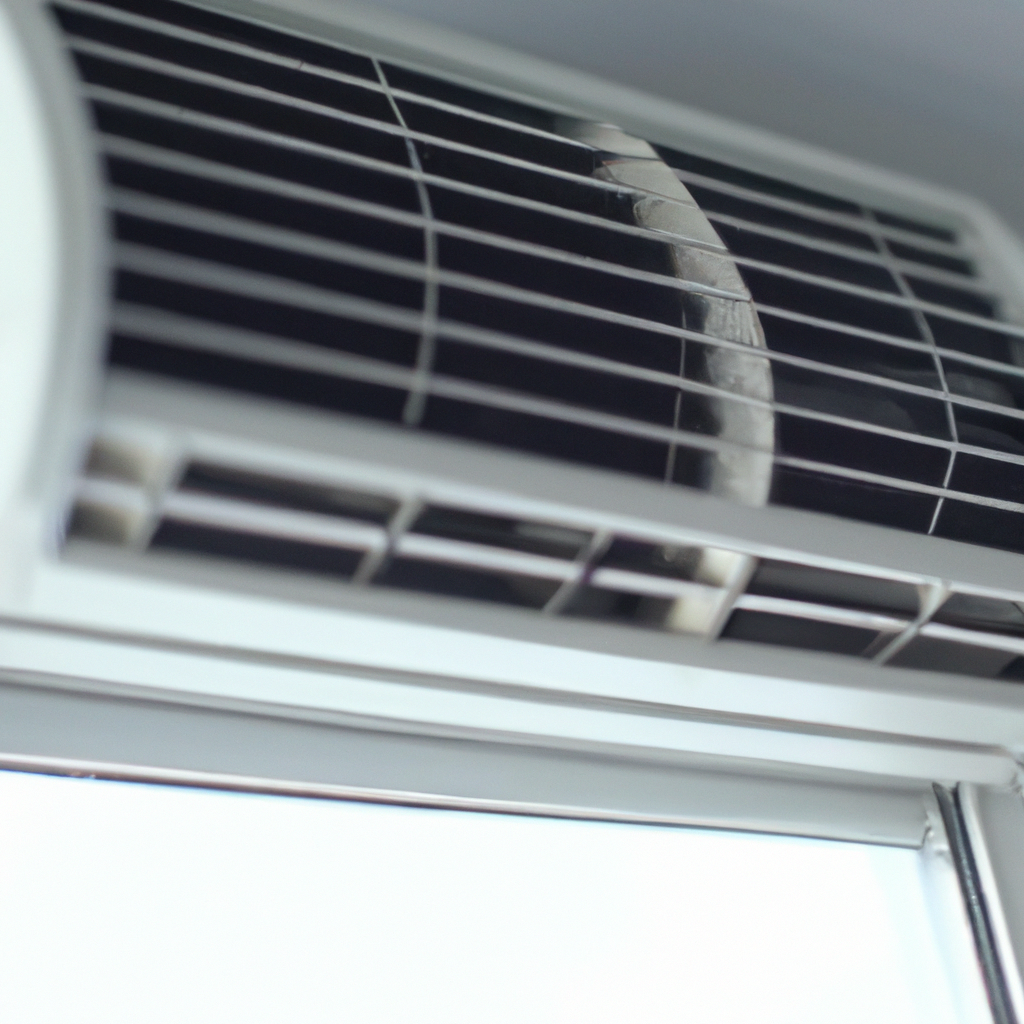A window air conditioner is an AC unit that is designed to cool a room by recycling the air within it. It’s a compact and affordable way to keep your room cool during the hot summer months. In this article, we’ll take a closer look at how a window air conditioner works, the cooling process, and the technology behind it.
How it Works
A window air conditioner consists of two main parts: the evaporator and the condenser. The evaporator is located on the inside of the room, while the condenser is located on the outside. The two parts are connected by a refrigerant line.
The cooling process begins when the air conditioner is turned on. The refrigerant enters the compressor, which raises its temperature and pressure. The hot and high-pressure gas then enters the condenser, where it releases heat to the outside air. As the refrigerant cools down, it turns into a liquid and enters the expansion valve.
The expansion valve reduces the pressure of the refrigerant, causing it to evaporate and turn back into a gas. This process absorbs heat from the indoor air, reducing its temperature. The cooled air is then blown back into the room by the evaporator fan.
The hot and humid air from the room is drawn into the air conditioner, where it passes over the evaporator coils. The coils are filled with cold refrigerant, which cools the air as it passes over them. The moisture in the air condenses on the coils and drips into a pan, which is drained outside.
The refrigerant then repeats the cycle, absorbing heat from the indoor air and releasing it outside. This process continues until the desired temperature is reached.
Cooling Process
The cooling process involves a series of complex mechanisms that work together to cool the air. Here’s a step-by-step breakdown of the cooling process:
1. The compressor raises the temperature and pressure of the refrigerant.
2. The refrigerant releases heat to the outside air in the condenser.
3. The refrigerant turns into a liquid and enters the expansion valve.
4. The expansion valve reduces the pressure of the refrigerant, causing it to evaporate and turn back into a gas.
5. The refrigerant absorbs heat from the indoor air and cools it.
6. The cooled air is blown back into the room by the evaporator fan.
7. The moisture in the air condenses on the evaporator coils and is drained outside.
8. The refrigerant repeats the cycle, absorbing heat from the indoor air and releasing it outside.
Air Conditioning Technology
Window air conditioners use a variety of technologies to cool the air efficiently. Here are some of the key technologies used in air conditioning:
1. Compressor: This is the heart of the air conditioner, which raises the temperature and pressure of the refrigerant.
2. Condenser: This is the part of the air conditioner that releases heat to the outside air.
3. Evaporator: This is the part of the air conditioner that cools the air by absorbing heat from it.
4. Expansion Valve: This reduces the pressure of the refrigerant, causing it to evaporate and turn back into a gas.
5. Refrigerant: This is the substance that absorbs and releases heat as it circulates through the air conditioner.
Conclusion
In conclusion, a window air conditioner works by recycling and cooling the air within a room. It uses a combination of technologies to efficiently cool the air and maintain a comfortable temperature. By understanding the cooling process and the technology behind it, you can make informed decisions when choosing an air conditioner for your home.







